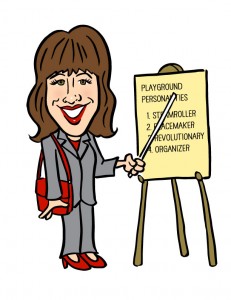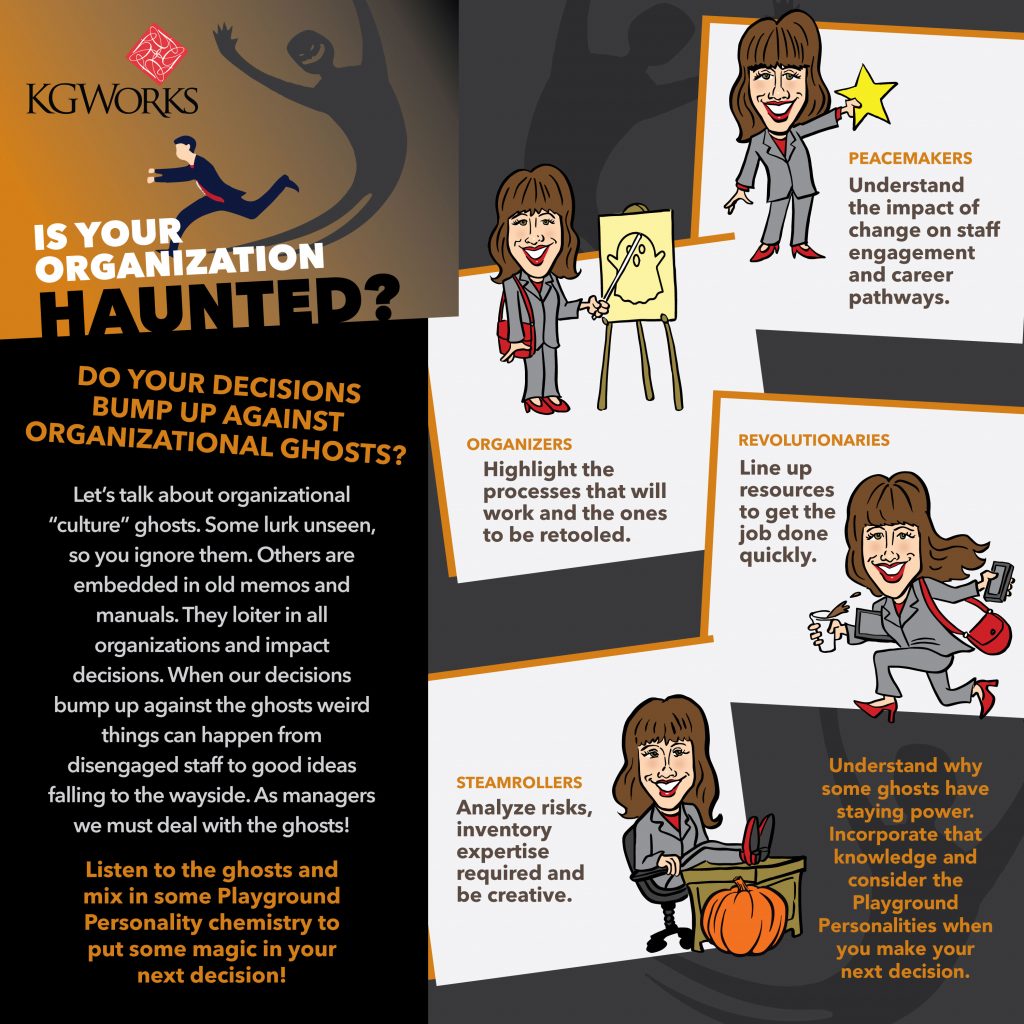Publication 14, Issue 2
Yes – you read it right! I was with a CEO client a few months ago. On the wall in the executive committee meeting room were operational norms. One was “Silence = Consensus.” When I asked him what that meant, he was very clear: “I ask people if they have any issues about a topic we’re discussing, and if they don’t give me any feedback, I assume we all agree and we move on to the next agenda item.” Imagine my surprise when I heard that roll off his tongue! He meant it! He wasn’t being difficult – he’s an Organizer who likes things checked off his list and is willing to listen on his terms…that is if people tell him what’s on their minds when he asks, not days later! When I asked him “How does that work out for you?” he replied, “Not so good!” Shocking!
So picture this: You’re in a meeting – it’s kinda heated – emotions are running high – and the boss says, “Anybody have a problem with this?” And when no one responds the boss says, “Next agenda item,” and then three days later when the boss is walking out of another meeting, someone comes to her with feedback and she can’t even remember what the topic was because so much has happened since that last meeting!
This happens every day in organizations, but why? We can’t blame it on the Myers-Briggs extroverted/introverted personalities. It’s true that everyone processes information at his/her own pace, but it’s more than that. So why do people respond differently to the potentially deadly meeting room question, “Anybody have any issues about this, let me know now”?
Here’s the likely response from each Playground Personality – and the reason why:
Peacemakers – at the risk of shining the spotlight on themselves, others, or worse yet, the boss, they will hesitate and probably won’t attempt to say how they feel.
Organizers – knowing folks usually won’t have the answers, they will ask a litany of questions – my friends call it my “machine gun” questioning technique. One question after another – no breathing in between!
Revolutionaries – will make a single attempt to weigh in, but they aren’t going to put a dog in the fight. They’ll duke it out later when things go sideways.
Steamrollers – like to put their opinions out there, so they’ll start an intellectual soliloquy, moving through a winding, cerebral hypothetical, all in the spirit of trying to create a dialogue to get at a better answer.
How much feedback are you missing if your mantra is “Let me know now, or forever hold your peace”? My preference is “Sleep on it and let me know in the morning!” It provides people an opportunity to reflect, think, kick the tires and come up with more ideas, which actually might lead to a better decision in the end.
So as a manager, if you don’t get feedback about people, processes, realities or philosophies, you will miss a part of the equation, which may lead to a flawed decision. You might not like the feedback or change your mind, but at least you’ll be able to think it through from all angles. Try it. You might like it!
 Peacemaker – You know you are going to say “yes” to all of your invitations, so make time for yourself, however that looks for you…and know that you can say “no” to some and not hurt people’s feelings. Try it, and I promise, the sky won’t fall in! It’s perfectly okay to be selective and not be everything to everyone!
Peacemaker – You know you are going to say “yes” to all of your invitations, so make time for yourself, however that looks for you…and know that you can say “no” to some and not hurt people’s feelings. Try it, and I promise, the sky won’t fall in! It’s perfectly okay to be selective and not be everything to everyone!

 Steamroller – You know you can fill ballrooms with ideas, so try to wrap up your work for 2014, keeping your ideas and dreams alive and refreshed. You’ll have the motivation to start 2015 off strong! Take time to ponder 2015 and chill!
Steamroller – You know you can fill ballrooms with ideas, so try to wrap up your work for 2014, keeping your ideas and dreams alive and refreshed. You’ll have the motivation to start 2015 off strong! Take time to ponder 2015 and chill!




